Using hydroponics and growing greenery at home
Hydroponics can be used to grow not only greens, but also cucumbers, tomatoes, strawberries, and home flowers. And this can be done not only in a greenhouse, but really at home, for example, on a balcony or on a loggia.
Hydroponics and its benefits
Even the name of this method suggests that the cultivation of plants is carried out by immersing their roots in an aqueous solution of nutrients. Due to this, it becomes possible to ensure the supply of optimal amounts of nutrients and trace elements to each of the plants. At the same time, optimal conditions are created for the fruits to fully develop and ripen.
It's no secret that ordinary work on the ground is very often physically difficult and dirty. The main advantage of hydroponics is precisely that there is no need for the most tedious types of work: plowing or manual digging, weeding, hilling and loosening the soil, watering and many other labor-intensive activities. And the lack of land makes it easy to keep the room clean, so growing greenery in hydroponics is ideal for the home.
It is also important that with this method it is easier not only for people, but also for the plants themselves. Since they easily get nutrients, they have the opportunity to direct all their efforts to ensure growth, they receive an optimal set of micronutrients. Thanks to all these factors, plants not only develop rapidly, but also produce products with excellent taste.
Technology
The easiest way to use the hydroponic method is to cultivate green onions. To do this, simply place the bulbs in small containers of water. After a while, with a minimum of cost and maintenance, fresh healthy greens will be ready. And using a simple hydroponic installation, you can get a harvest faster and get a better feather.
A diagram of such an installation is shown in Fig. 1. Individual elements on it are designated by the following numbers:
- Tray with plants.
- Pump for feeding the nutrient solution into the tray.
- Pump for supplying air to the nutrient solution.
- Spray.
- Nutrient return tube.
The key feature of such an installation is to ensure the circulation of the nutrient solution. The pump delivers the nutrient solution from the reservoir to the upper part of the inclined tray, in which special "wicker" pots with plants planted in them are installed.
The nutrient solution flows down to the bottom of the tray, washing the plant roots along the way. From the bottom of the tray, the solution flows back into the solution tank. The oxygenation of the nutrient solution is carried out using an air pump and a spray bottle. Such installations are used for aeration of water in aquariums.
The following fillers are used as a substrate for growing greenery in hydroponic installations:
- Expanded clay, which is clay sintered at a high temperature. This lightweight, inexpensive, and moisture-retaining litter is considered the best for hydroponics.
- Sawdust is a cheap, but not always convenient material. First, they often rot over time, and secondly, some tree species emit substances harmful to plants.
- A hydrogel is very convenient for use as a filler in hydroponics. Swelling, it is able to retain moisture for a long time.
- Gravel is a popular filler. This he owes to his practicality and low cost.The main disadvantages are heavy weight and poor moisture retention.
- Coconut fiber has excellent physical and chemical properties for this purpose. In addition, it is a very durable and environmentally friendly material. But its price is also quite high.
- Mineral wool. Cheap and often used material for this purpose. The main disadvantage is that it does not pass air well to the root system of plants.
Hole pots can be replaced with suitably sized plastic cups. You need to make as many holes as possible with a hot nail in them. They serve to access the nutrient solution to the root system of the grown plants.
Nutrient solutions for hydroponics
Basic requirements for the formulation of nutrient solutions:
- they must contain all the elements necessary for the normal development of plants in appropriate (both small and large) quantities;
- these elements must be contained in solutions in certain ratios to ensure optimal growth and development of plants, as well as obtaining maximum yield.
For preparation of solutions it is better to take distilled water. Otherwise, it is necessary to take into account the amount and composition of natural salts contained in it. The most important characteristics of any of the nutrient solutions are their acidity and electrical conductivity. The acidity (pH) of a solution can be measured using special instruments or by titration, using ordinary litmus paper as an indicator.
The electrical conductivity, which determines the concentration of the solution, is also controlled by special electrical measuring instruments. Its usual values are 1.5-3 mS (millisiemens). It is better if the concentration is monitored daily, and if necessary, the missing amount of elements is added to the solution. It is recommended to completely replace the solution every 3-4 weeks. It is easier to buy a ready-made composition in a specialized store.
If done correctly, hydroponic greens can be produced quickly.
You do not only need to update the nutrient solution in a timely manner and start the compressor unit.
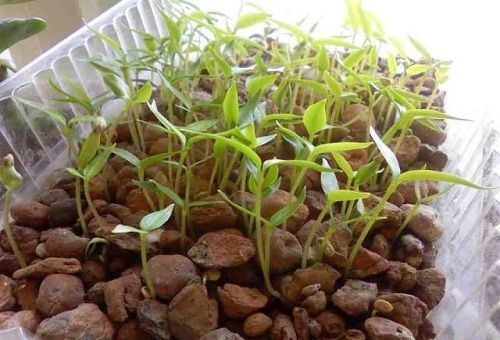
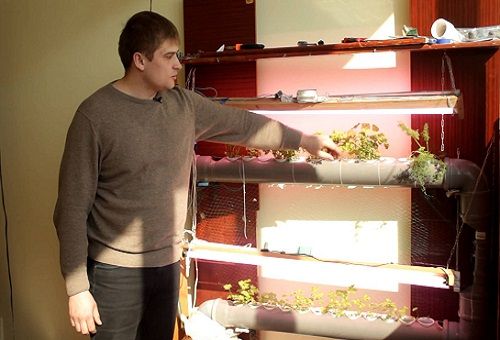
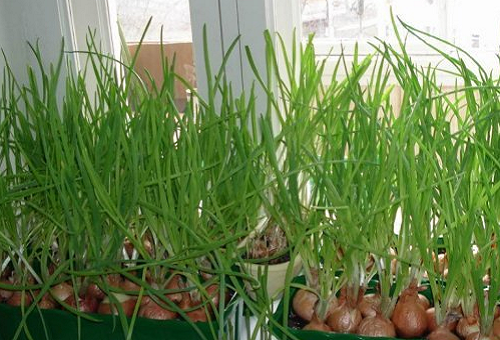
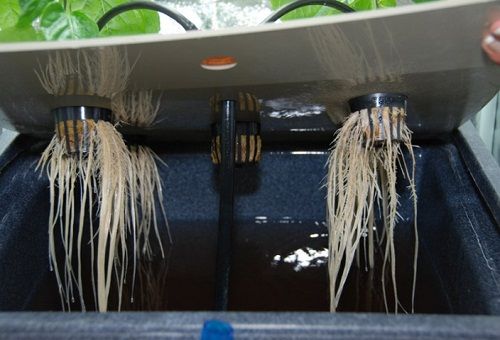
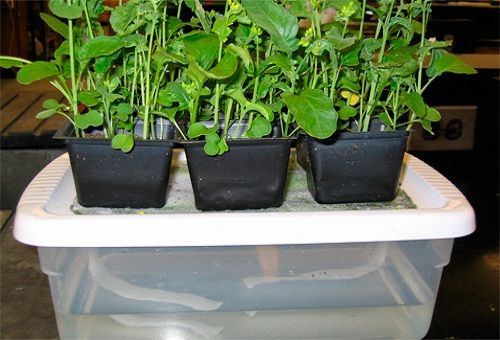
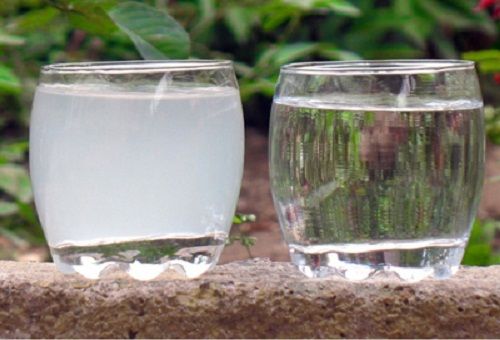
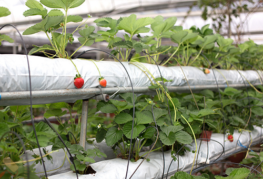
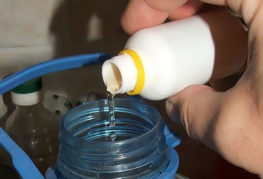
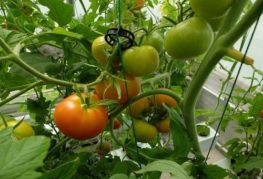
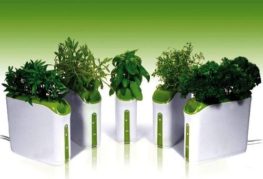
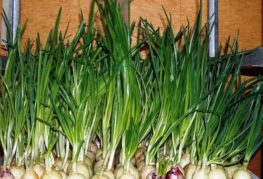
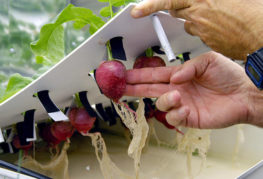
and will be published shortly.